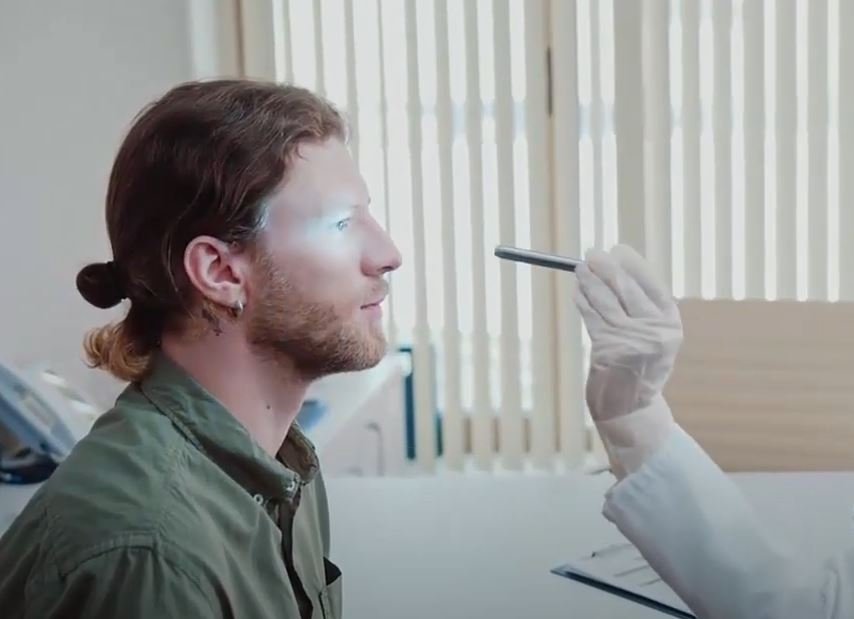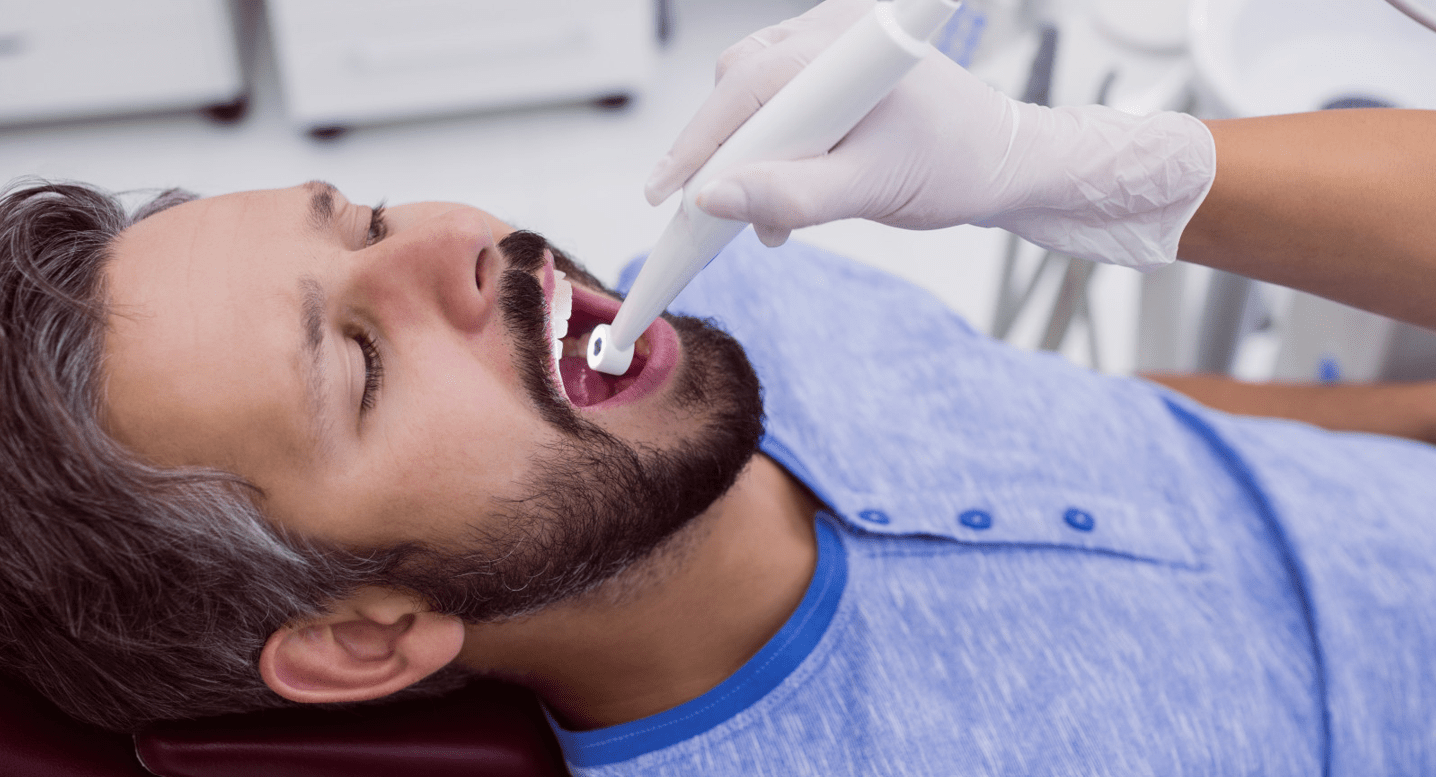- The primary treatment for uncomplicated gonorrhoea is ceftriaxone, 500 mg administered via intramuscular injection.
- Alternative regimens include gentamicin injection plus oral azithromycin, particularly for those with cephalosporin allergies.
- If chlamydia infection hasn’t been ruled out, doxycycline or azithromycin is recommended alongside gonorrhoea treatment.
- Post-treatment risk of transmission persists up to seven days; patients should abstain from sexual activity during this period.
- Sexual partners from the past 60 days must also receive screening and treatment—even if asymptomatic.
- Re-testing after three months is advised to catch potential reinfection or failed clearance.
- Diagnostic testing methods include urine tests and swabs from the throat, rectum, urethra, or vagina.
- While at-home tests are available, clinical confirmation is essential for proper treatment.
- Newborns infected during childbirth are treated with antibiotics under pediatric care.
- For further reading and detailed guidelines, see the Mayo Clinic’s official resource.
The treatment of gonorrhea has changed from a straightforward prescription to a precision-driven intervention due to the persistent emergence of antibiotic-resistant strains. Nowadays, doctors turn to ceftriaxone, a broad-spectrum antibiotic that has proven remarkably effective in spite of increasing pressure. This drug, which is administered by injection, prevents the infection-causing pathogen, Neisseria gonorrhoeae, from replicating. Even though the injection method seems harsh for a common STI, it illustrates how quickly healthcare providers must change to maintain treatment effectiveness.
Oral medications have grown more unreliable in recent years. Due in large part to the development of significant resistance in bacteria, azithromycin and ciprofloxacin, which were once thought to be standard, are now prescribed with greater caution. Physicians may choose to use gentamicin and azithromycin together for patients who have ceftriaxone allergies. Although this method provides a good substitute, it has drawbacks of its own, especially with regard to how well it is tolerated and the need for follow-up to guarantee that the infection is completely eradicated.
Public health organizations such as the CDC updated their treatment guidelines by the middle of 2024, advising physicians to incorporate chlamydia testing at the same time. The entire healing process can be derailed if one of these infections is missed, as they frequently coexist. In addition, given how simple it is to inadvertently reinfect or become reinfected, patients are now asked to abstain from sexual activity for a full week following their antibiotic injection.
Health officials have joined a global movement to stop the spread of superbugs by making strategic updates. In that broader story, gonorrhea is a case study, and its treatment has ramifications that extend well beyond urology or sexual health clinics. The gonorrhoea playbook is evolving into a model for addressing upcoming microbial threats in the context of antibiotic stewardship.
Celebrity culture has also quietly embraced this changing environment. A fact that is frequently overlooked—that no one is immune and that keeping quiet only serves to increase stigma—is reinforced when reports of STI lawsuits against well-known people make headlines. Even though they are frequently involved in controversy, public personalities like Usher unintentionally act as warning signs that raise awareness. When young audiences start to ask candid questions about testing and prevention, their experiences become conversation starters in both clinics and homes.
Nowadays, medical personnel are redefining their interactions with patients by playing a more instructive role. Instead of concentrating only on treatment, they are assisting patients in comprehending their risky behaviors, the value of testing each other with partners, and the social responsibility associated with sexual health. There are indications that this strategy, which is especially novel in conservative communities, is considerably lowering the rates of STI reinfection.
Emerging therapies that are being tested—experimental molecules made to function even in the absence of ceftriaxone—are also discussed in medical journals and at conferences on sexual health. These clinical trials, which have been published in journals like The Lancet and supported by coalitions like GARDP, give hope for treatments of the future. However, responsible use, public compliance, and policy support are just as important to their success as pharmacological strength.
In terms of society, gonorrhea serves as an example of how individual accountability and public health intersect. The infection rate has significantly increased for young people navigating new relationships and for older adults dating again after a long breakup. Not only has digital dating changed how people meet, but it has also changed how frequently they switch partners—often without having enough conversations about STIs. Without concerted education campaigns, it is difficult to address this pattern, which is seen throughout the world.
Overall, the trajectory is still encouraging despite the medical difficulties. Gonorrhea can still be managed with improved diagnostics, more effective communication, and more potent medications when taken as directed. Not only awareness is needed, but also participation from patients, healthcare professionals, legislators, and even popular culture. Even though it can be challenging to maintain, that combination is especially important for reversing one of the most enduring infections in modern medicine.






